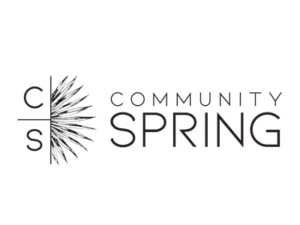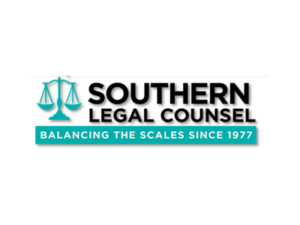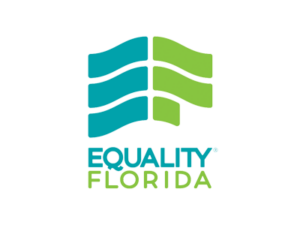
“Hiding or pretending is not going to help us, now. We have to face the truth. And we have to find the love at its heart. And we will have to do new things, not simply do what failed, over and over again, harder.”
The blog does acknowledge the near inevitability that very soon, same-sex couples will be free to marry anywhere in the country. But the blog is also a dog whistle to those who share Gallagher’s view that our relationships are morally and socially disordered and dangerous. The blog is less a concession than a call to action—a new and different action, but every bit as ferocious.
“Let me put it this way: the first struggle we now face is internal and spiritual. Will we accept the newly dominant culture’s view of our views—of ourselves—as hateful and bigoted and stand down? Or will we, first of all in our heart and minds, refuse to accept this external view of ourselves? Will we stigmatize ourselves or will we force the powerful to do that to us? Will we accept living in an America where we have to be afraid to say, ‘Marriage is the union of husband and wife because children need a mother and a father?’ Or will they have to force us, through raw and ugly power, to live in that America?”
The clear message is that those who oppose the equal humanity of LGBTQ people are now victims of totalitarian censorship and oppression. Of course, we know this is ridiculous. The First Amendment and its protections for religious liberty are as strong today as they have ever been. But that is not enough for Gallagher, who is after something entirely different, and far more dangerous. What she wants is for all who dislike or condemn us to remain free to fire us, refuse to serve or do business with us, refuse us housing or accommodations, and generally go on about their lives utterly untouched by anti-discrimination laws and cultural change that now, finally, are beginning to support and acknowledge our dignity and humanity.
While Maggie will likely hang onto her Orwellian vision to the bitter end, we can take great hope from how far and fast we have arrived at this breathtaking moment. There may have been some who, notwithstanding all the evidence to the contrary, thought that maybe all we have gained in the past months could be erased or reversed. But with the recent NFL draft of Michael Sam by the St. Louis Rams, surely the most ardent pessimist must know that the time of stigma and shame is over. We are in a new day. We are not long off from the goal of achieving marriage nationwide for our lives and families. With this sea change, protection from employment and other forms of blatant and unfettered discrimination will be next. Our fight is not over, but we see the contours of a new beginning. It is critical to remember how this happened.
The arc of civil rights struggles begins when those most affected finally stand up and say: enough. We are here because decades ago, at huge personal risk, our movement fathers and mothers stood up, fought back, and refused to be cowed. Many of these men and women are still with us, and can take great satisfaction in what they helped shape. Too many did not live to see this day, but we would not be here without them, and their legacy is now our future.
After the first awakenings of a movement and the visibility that follows, the movement is joined by allies. In our case, these allies were our friends, families, neighbors, co-workers, and fellow citizens who wanted to love in a nation where we could live our lives freely and openly. We are where we are because we took to heart Harvey Milk’s exhortation to, “Come out, wherever you are, come out!” In doing so, we brought countless allies to our cause.
We have now hit another huge tipping point—when unlikely allies emerge, and not only show up, but show up big. These are men and women in prominent positions, whose opinion influences others and who take risks socially, financially, or politically to support us. From a number of elected officials all the way up to President Obama, from Ted Olson to a number of other prominent Republicans, from celebrities to athletes to artists, we now enjoy the very public support of folks whose views help shape the views of others.
But a tipping point is not a finish line. We are not done. What we do next really matters. We may indeed only be a couple of years from winning marriage nationwide—and that will really matter. But that is not the end of this grand movement.
Before and during the fight for marriage, the National Center for LGBTQ Rights and others were also standing up for LGBTQ immigrants and prisoners, defending the rights of LGBTQ youth in foster care and juvenile justice, working to create resources and protections for poor and rural LGBTQ families, ending homophobia in sports, and fighting to gain security and benefits for LGBTQ elders, and combating an enduring climate of stigma and shame that results in daily violence against far too many.
After we win marriage in this country, all of these issues, and others, will remain. Our moral compass will be tested. Are we in this for the few, or are we in this for all of us? In this movement, we have lived and believed that “none of us are free, until all of us are free.” In the coming months, we all need to double-down on that vision. That is the America we have been fighting for.









